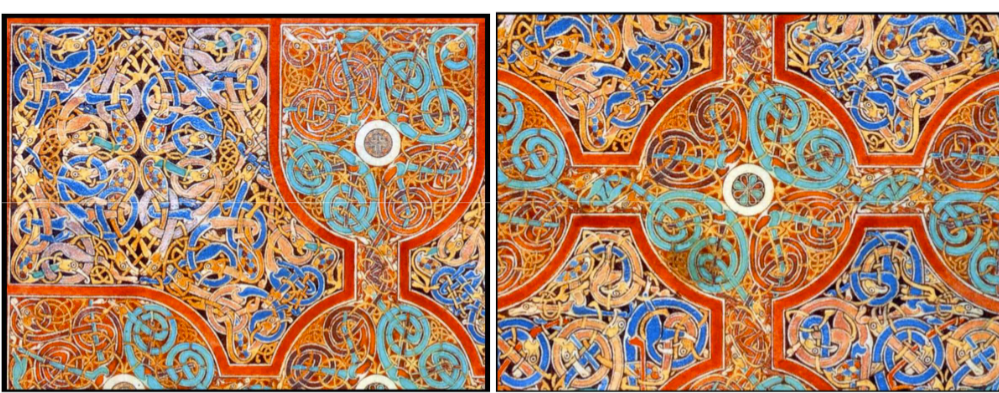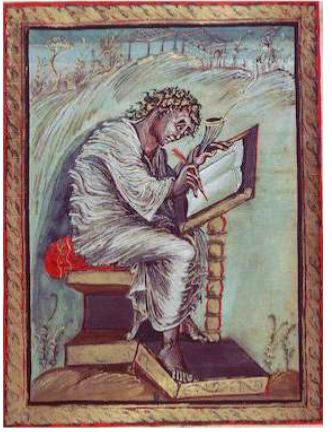Early medieval art
1/9
There's no tags or description
Looks like no tags are added yet.
Name | Mastery | Learn | Test | Matching | Spaced |
|---|
No study sessions yet.
10 Terms
Western medieval art
culture,
a time of great innovations and
the production of unique artifacts
The “Middle Ages”
a period between the collapse of the western Roman Empire in the 5th
century and the beginning of the Renaissance in 1400 CE
true
moved away from naturalism and realism of the Greek era
true
a time of innovation that laid the groundwork for the Renaissance
Selective Survival of Artifacts
The archaeological evidence surviving from this period is very patchy
• mainly small portable and non-perishable objects recovered from
burial sites
• Artifacts produced from wood, leather, and other natural materials
did not survive in the northern climate
• Later buildings replaced most architecture, such as churches and
palaces
Art in the Western Medieval Period
Expensive and time-consuming
• Not purely aesthetic; artistic value was not the top priority
• Always served a purpose:
• Religious devotion
• Burial goods
• Other practical functions
The Making of
Illuminated Manuscripts
Written and decorated by hand
• One of the most precious objects produced in the Middle Ages
• Mainly made in monasteries and courts
• Commissioned by rulers

Lindisfarne Gospels
Northumbria, Anglo-Saxon England, c. 715–725 CE
The Image of St. Matthew
• The Cross Carpet Page
The Cross Carpet Page
Mirrored
• Interlace
• Spirals
• Animals

Matthew in the Ebbo Gospels, c. 816-835 CE
Distinct “Frenzied line style”:
• wildly, enthusiastic, excited, uncontrolled
brushwork
• Classical revival:
• Efforts in realistically representing figures
in three dimensions: highlighting and
shadowing
